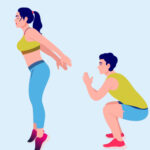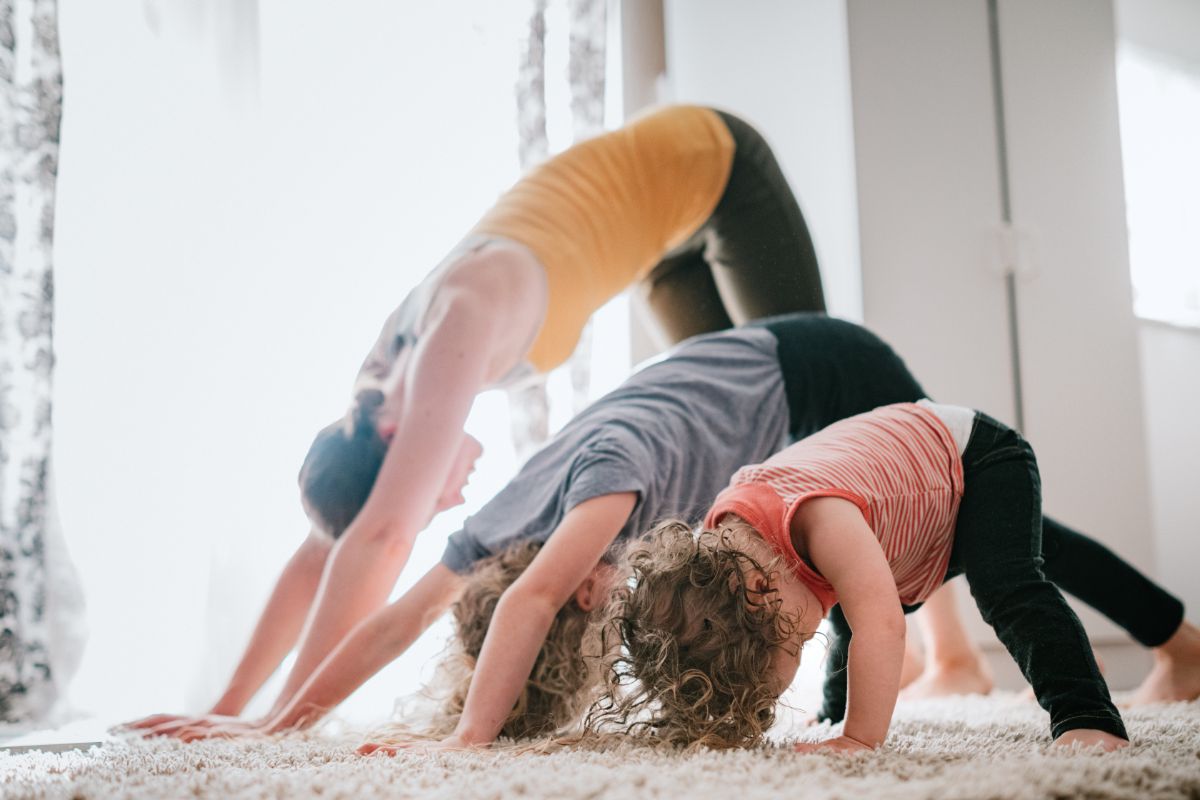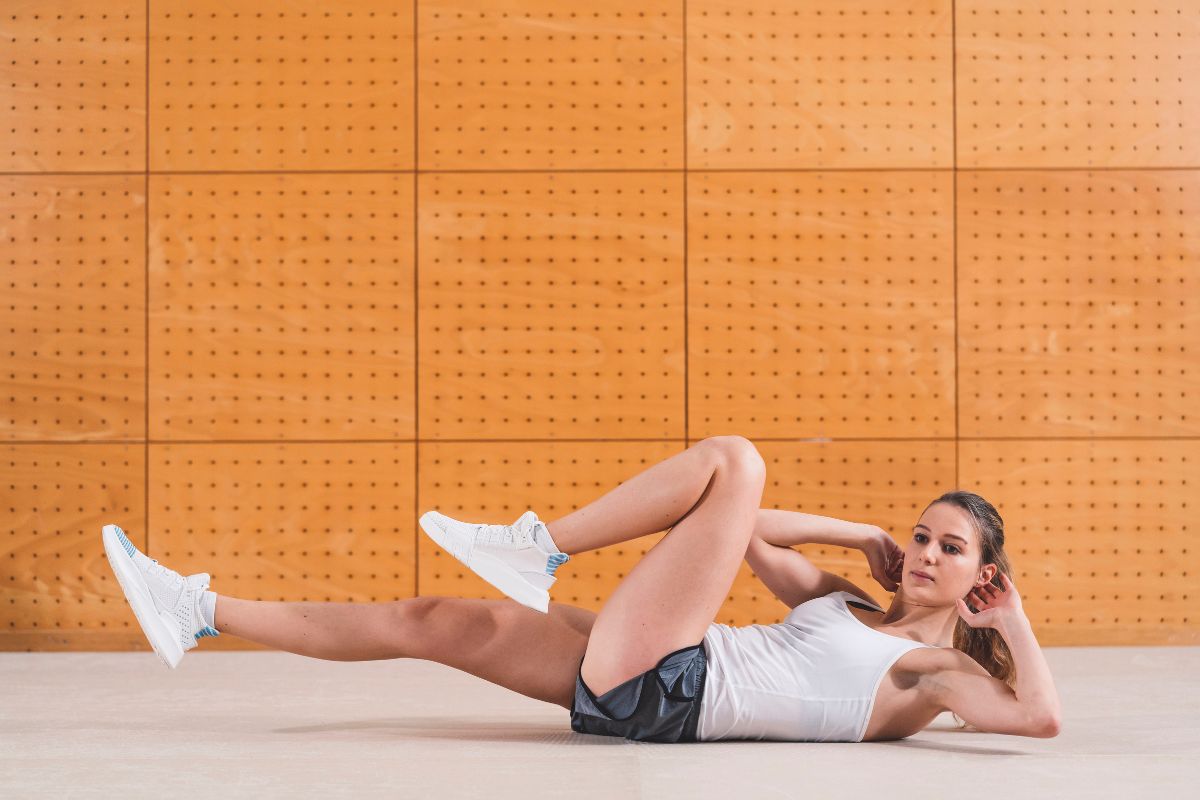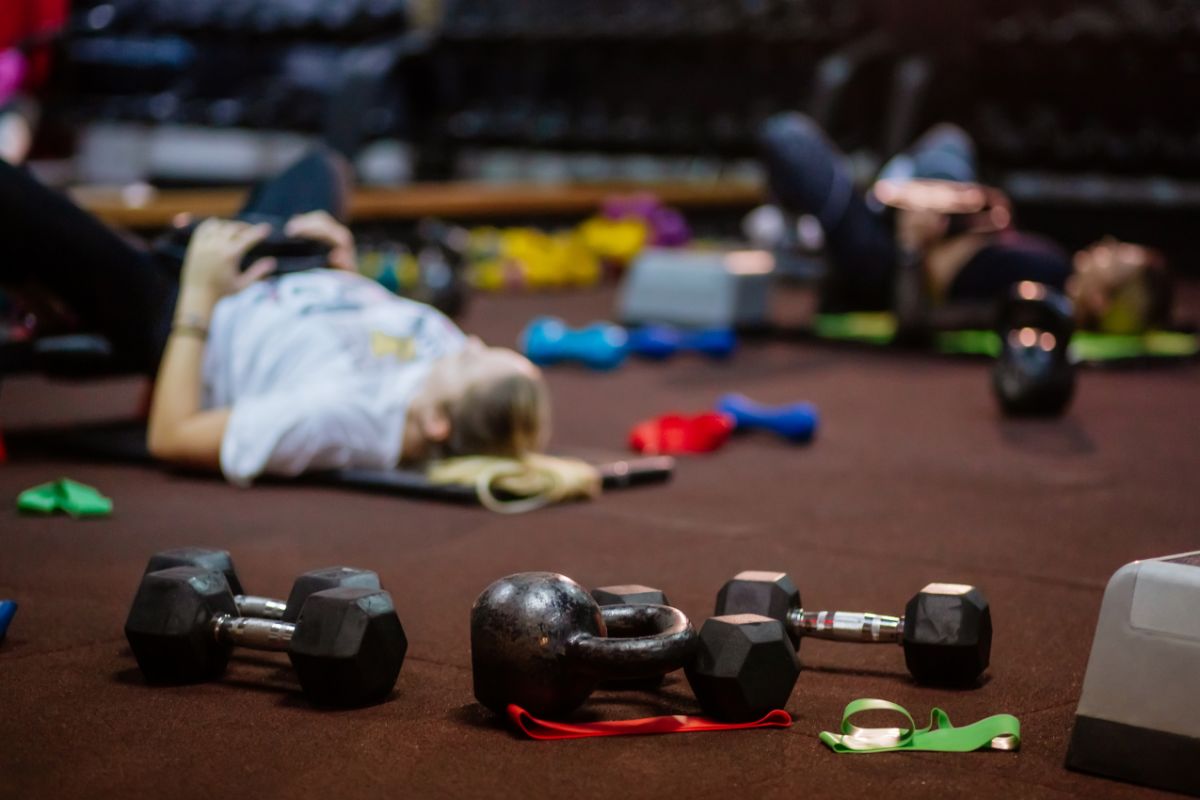Dips are a great exercise to add to your workout routine because they don’t require any equipment or take very long to complete! They are also very effective. I think it is quite common to disregard dips as a part of your exercise program, but this really is a mistake!


Dips are fantastic at building your upper body strength, and they are a welcome change from the bench press. Plus, you can do them anytime and anywhere. Walking past a bench in the park? Do some quick dips and watch your fitness and your physique improve!
Wandering what to do with your evening? Grab a dining room chair and do some dips. Feeling bored at a family function? Find a step and do some dips. I think you get the point.
So, without any further delay, let’s take a look at dips and what benefits they have on the body.
What Muscles Do Dips Work?
The muscles that are impacted by dips depend upon the type of dip that you engage with. Dips can work everything from the chest to your triceps and lateral muscles.
Chest dips focus more on the pectoral muscles, although they do also have an impact on many other muscles, as well. Bench dips focus more on the trapezius muscles, but again, are beneficial to other areas as well.
Dips are a great way to build up your strength in the upper back and pectoral muscles. They are super effective and easy to complete and you can do them at home without any weights or equipment!
Pectoralis Major
These are also known as your pecs. They are one of the main chest muscles and the ones that you will notice when you look in the mirror. Dips work this muscle very well and if you’re hoping to become broader and look stronger, they are an important muscle to work!
You can also work your pecs by doing pushups and bench presses.
Triceps
Your tricep muscles are on the back of each of your arms. These muscles make a big difference to the size of your arms and will make you a lot stronger. When you complete the dip exercise, you will activate your tricep muscles extensively.
Latissimus Dorsi – Lats
The lats are the muscles that are underneath your shoulder blades on your back. Dips work these muscles and they are very important for the muscle mass on your back. When they are tensed, the lats look as if they are wings under your shoulders.
Deltoids
These muscles are located at the top of your arm. They are your shoulder muscles and they spring into action during a dip to ensure that you remain stable during the exercise. They also keep your arms securely in place.
Abdominals
These muscles are located around your stomach and they are the core support when it comes to completing a dip. Your abs will hold you up and ensure that you are maintaining a solid form and not swinging too much.
Variety Of Dips
Bench Dips
As mentioned above, bench dips focus more on the triceps rather than other muscles. When you are completing this exercise, ensure that you bring your arms close to your body for maximum results.


This exercise is completed by finding a sturdy surface and then need placing your feet on the floor and your hands on the flat surface. Face your fingers forward and raise yourself up so that your arms are straight. The key to working your triceps is to ensure you are keeping your chin up and keeping your arms close to your body.
Then, lower your body down until your elbows are at a 90-degree angle. Complete this exercise as many times as you can. You can do these in sets and reps if you are really looking for a great workout! Remember to be controlled and slow as you complete each rep.
Bench dips work the tricep muscles but will also benefit your pectoralis, as well.
Parallel Bar Dips
These are also known as chest dips. These are completed by starting with your arms fully extended, and finishing with you lowering yourself until your elbows are at a 90-degree angle. You then continue to complete this exercise over and over again. In contrast to dips that benefit your triceps more, keep your chin down and close to your chest to put more emphasis on your chest muscles.
Again, as this mainly works your pectoralis muscles, it also works many other muscles in the shoulders, back, and triceps.
Safety Precautions
Muscle work can be very dangerous and painful if you do not complete the exercises correctly and with a strong form. There are many things you can do to ensure that you complete these dips effectively:
- Make sure your shoulders don’t roll forward.
- Don’t push yourself too hard, and make sure you listen to your body. If it hurts, stop!
- Stretch before and after a workout thoroughly.
- Ensure you give yourself at least a 24-hour break before completing the same exercise again to give your body time to recover.
Frequently Asked Questions
Both of these exercises are great and it is always best to do both rather than just one. Oftentimes, the dip is compared to the push-up, which is understandable. However, dips target muscles that a standard push-up wouldn’t reach and therefore make them the more effective of the two.
How To Get Stronger At Doing Dips?
The way to improve your strength when it comes to dips is to complete them often and ensure that you are increasing the number of dips you are doing each time if you feel you can.
You should also ensure that you are holding your form when you are completing your dips, otherwise, you will struggle to get better at them.
How To Avoid Pain When Doing Dips?
The way to avoid pain when you are completing dips is to keep good form when you are completing your exercises. It is important to maintain this from start to finish to avoid any injuries to the chest, back, or arms.
Also, make sure you are not completing them too often so that your arms are given some time to heal.
Final Thoughts
Dips are a great exercise that should not be overlooked. They work a large range of muscles and will help you build up a lot of muscle strength. Just make sure that you’re careful when you’re performing these exercises as you don’t want to sustain any muscle injuries!
- How To Start HIIT Workouts [Beginner’s Guide] - May 18, 2023
- How To Sneak A Workout In While Taking Care Of Your Baby - March 17, 2023
- How To Build Your Chest With Dumbbells [Guide] - February 9, 2023








